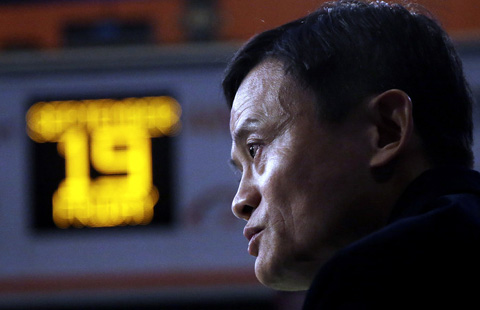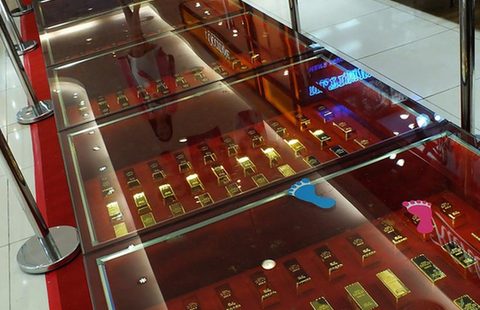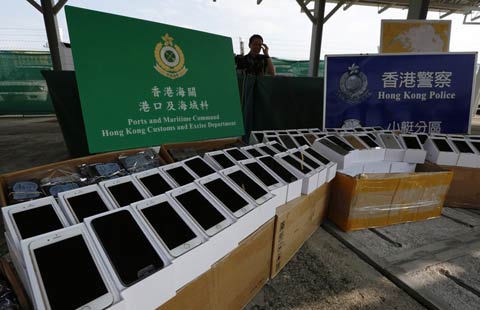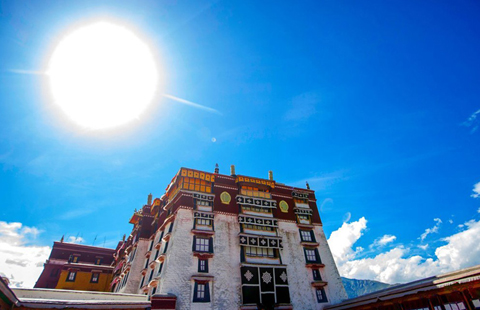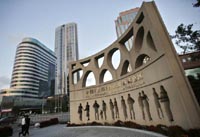'Silk road' diplomacy for inclusive growth
By Wang Yiwei (China Daily) Updated: 2014-09-24 07:28President Xi Jinping floated the idea of a new Silk Road economic Belt and 21st Century Maritime Silk Road last year, and his just concluded four-nation visit to Central and South Asia is expected to make the concept a policy priority.
As a major part of China's diplomatic strategy of all-round opening up, the two "silk roads" are aimed at boosting the economy of China along with that of other countries, especially its western neighbors. An interconnected transport network, comprising railways, highways, air and sea routes, and oil and gas pipelines across Eurasia, should ideally give rise to a wide range of industrial clusters, which will have a radiating effect on sectors such as construction, energy, metallurgy, finance, communications and even tourism.
The two new "silk roads", once operational, will help further integrate the Asia-Pacific region and European Union - the world's economic engine and largest economy respectively - into a potential "Eurasia market", inside which free trade zones can thrive, and economic and technological cooperation between countries and regions can be deepened.
In this context, the "silk road" diplomacy is mainly aimed at achieving better communications among countries in adjoining regions. In specific terms, however, the transport "highways" connecting the Pacific Ocean, Indian Ocean and the Baltic Sea, should be jointly built by "roadside" countries such as China and Sri Lanka. And to boost regional trade and investment, all states along the "silk roads" have to establish special financial institutions to finance the two "silk roads" and ease bureaucratic norms for cross-border financial transactions, and more exchanges of advanced technology and high value-added products. Besides, to stimulate trade, all states have to widen their foreign exchange policies and settle their businesses in local currencies.
Also, communication and coordination on policies and cultures need to be strengthened to make Eurasia an integral whole with a shared destiny.
- Farm produce the next frontier for Chinese e-commerce
- NetJets wins approval to launch China service
- ICBC, CCB responding to alleged home loan policy changes
- Experts urge differential mortgage policy
- China voices support for inclusive finance
- Munich Re banks on China market
- Decade-long QQ trademark dispute receives final verdict
- Skilled bow-maker preserves traditions and helps disabled

